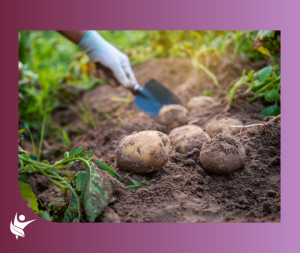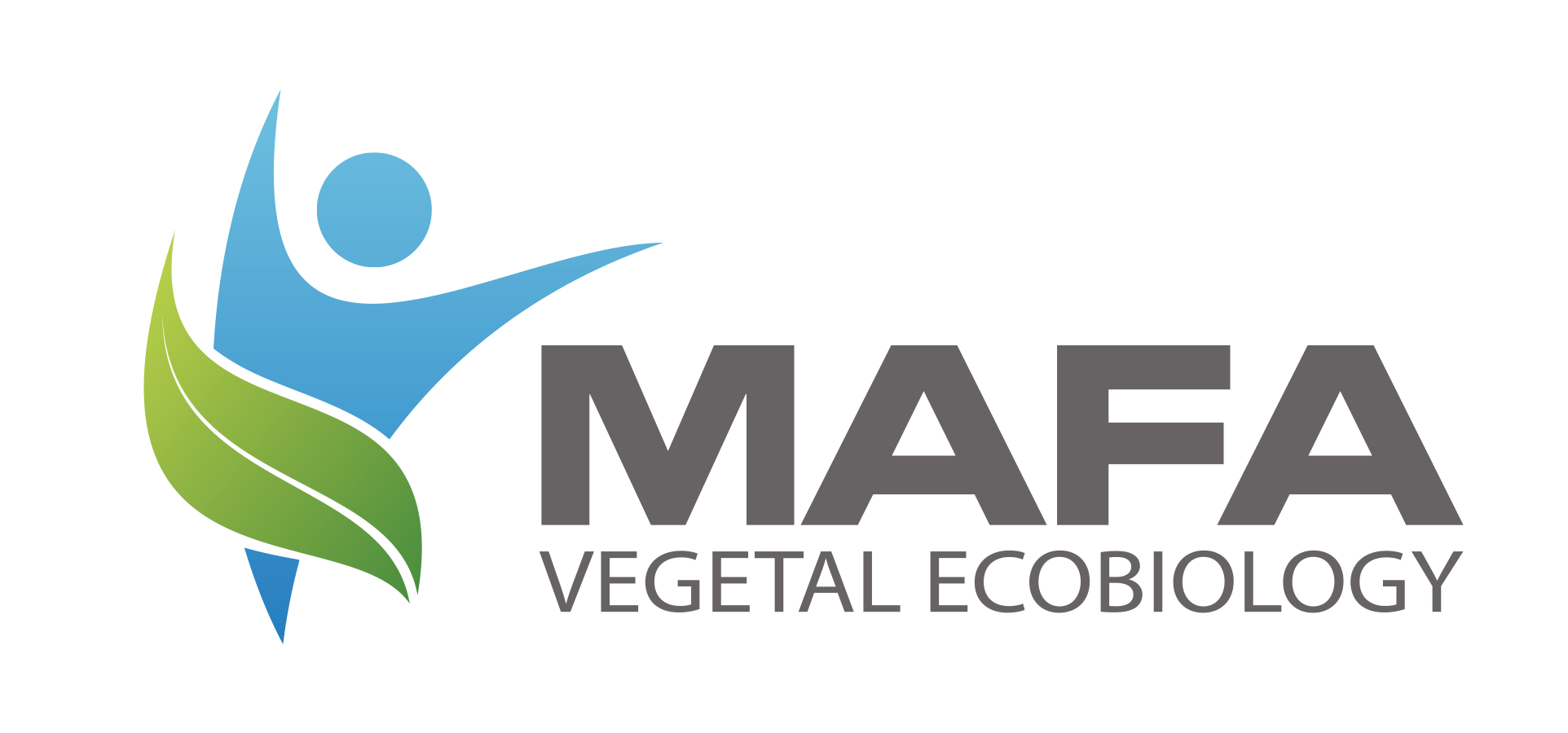In recent times we frequently hear or read the concept of food safety. It is part of the second UN Sustainable Development Goal (SDG), which aims to end hunger, achieve food safety, improve nutrition and promote sustainable agriculture.
According to FAO, food safety means that “all people, at all times, have physical and economic access to sufficient, safe and nutritious food to meet their dietary needs, in order to lead an active and healthy life.”
It is a priority objective for the planet and, at the same time, complex since it considers the nutritional needs of consumers at all stages of the food chain, from production, post-harvest handling, processing, sale and consumption. And, unfortunately, the reality is that health and nutrition problems continue to exist (malnutrition, overweight, obesity…).

In this sense, it is no coincidence that sustainable agriculture plays an important role in this third SDG. Agricultural production must go hand in hand with an evolution in production and consumption practices, all of them focused on organic, healthy, sustainable and zero residue and toxicity.
That is why we highlight 3 keys to the role of agriculture in food safety.
”Adequate
ONLY WITH SUCCESSFUL MANAGEMENT OF AGRICULTURE WILL IT BE POSSIBLE TO RESPOND TO THE FOOD NEEDS OF A GROWING POPULATION
Different international organizations estimate that the current world population is around 8 billion people, with a projected increase of 10 billion by 2050. The sustained increase in population generates a scenario of pressure for food production, that is, the activity agriculture will have to considerably increase its production. But, in addition, it must do so in a sustainable way, so as not to endanger food safety or its supply capacity for people.
Also eating in a healthy and nutritious way is only possible if the agricultural sector is capable of producing quality food in sufficient quantity for the growing food demand of a population that does not stop growing. That is why food production must have the necessary nutrients and the application of biostimulants as a tool to increase crop yields has a lot to say about this, without harming their future and, in addition, responding reactively to abiotic stress conditions and biotic conditions that can harm agricultural production.
Precisely for this reason, Spain and 133 other countries have recently signed the ‘Declaration on Sustainable Agriculture and Resilient Systems’, a text in which governments commit to formally include food and agriculture for the first time in national climate plans before COP30 and to increase its financing.
”Responsible
SUSTAINABLE AGRICULTURE, ADAPTED TO CLIMATE CHANGE AND PROTECTIVE OF THE ENVIRONMENT
Agriculture is an economic engine and an essential sector for society. But, as the FAO points out, the use of cropland is responsible for more than 20% of greenhouse effect gas emissions and a very high consumption of water worldwide. Furthermore, it is estimated that more than a third of all global agricultural production is wasted; and, despite steadily increasing crop yields, nearly 700 million people are suffering from hunger.
It is clear that the system needs urgent adjustments. And precisely the solutions that MAFA offers for crops try to respond to these adjustments, needs and priorities such as:
- Stop soil degradation. The use of probiotics and prebiotics is essential if we want to keep soils alive and, therefore, fertile for agricultural production.
- Minimize the impact of agriculture on climate change with zero waste biosolutions.
- Improve disease and pest control.
”Biotechnology
AN AGRICULTURE THAT COEXISTS WITH THE ENVIRONMENT AND ‘COLABORATES’ WITH IT
Also science, research carried out with tools such as those provided by biotechnology, allow us to use the increasing knowledge we have of our environment, of its biodiversity, to learn from it and live with it. This allows us to take advantage of how much it offers us for the benefit of something as necessary as our food. Central to all of this is protecting crops from diseases and making them resilient using the thousands of microscopic beings that live in balance with the plants and the soil.
That is, thanks to the research that is currently applied to agriculture, it is possible to understand the complex and extensive microbial community that, as occurs with the human organism, also contributes to the health of trees and plants.
Innovation and sustainability are also linked to agricultural techniques such as conservation agriculture, which alters the composition of the soil and biodiversity as little as possible and maintains the structure of natural ecosystems by combining species with minimal tillage of the land.









